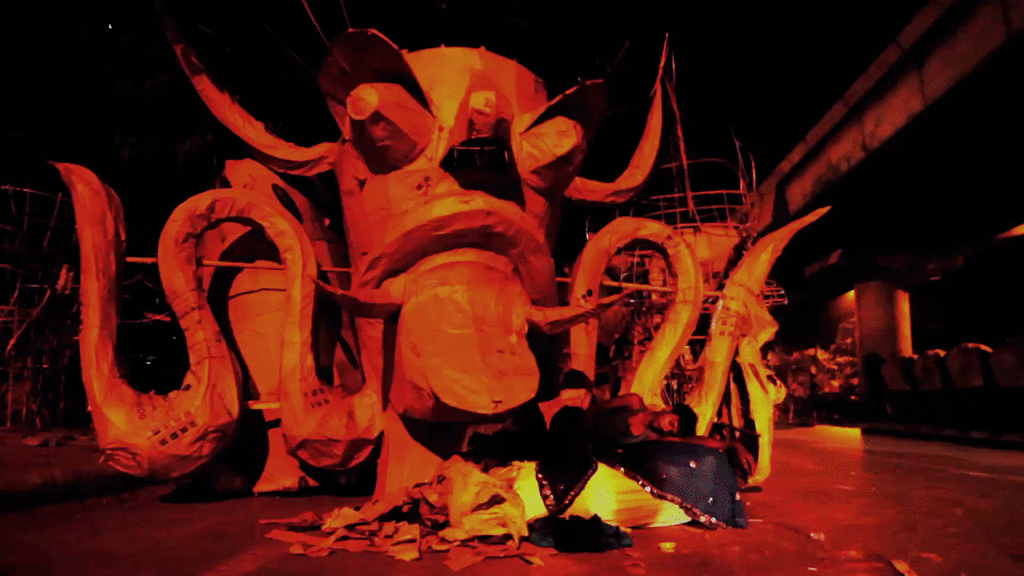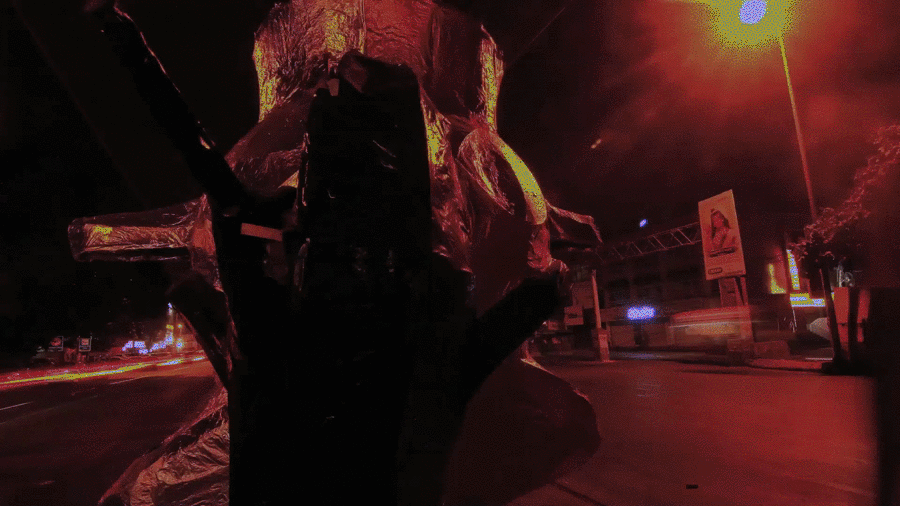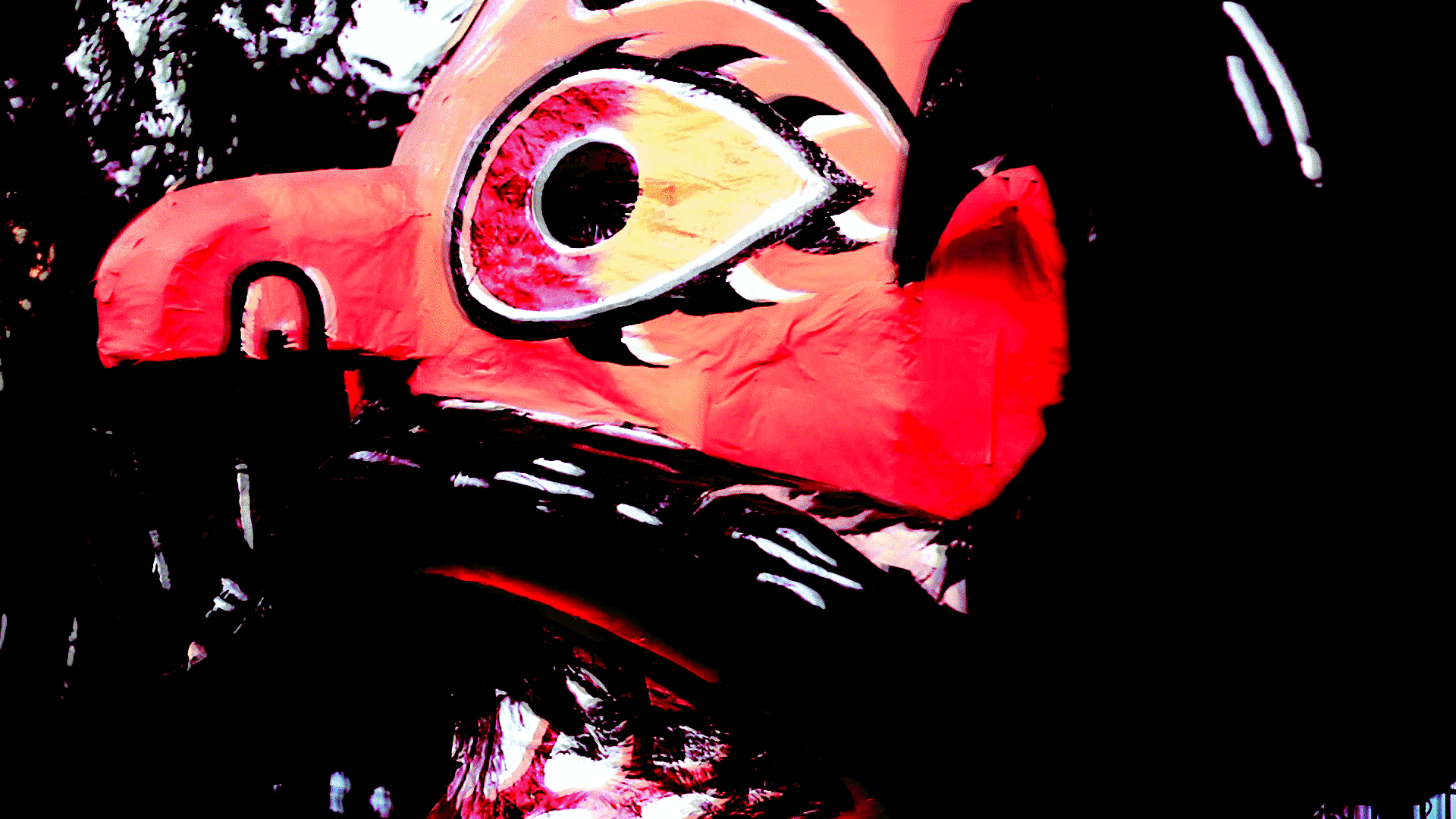Celebrating Dussehra, the Ramlila and Ravana burning has been a part of the tradition for a lot of people. We all have sung praises for Ram, while watching a huge Ravana get burned to the ground.
Ever wondered, where does the humongous 50 feet Ravana you saw being demolished on Dussehra night, come from? Who creates these beautiful pieces of artwork that take months to create and are destroyed within minutes. For that you just need to drive past the Tagore Garden metro station in the month of September-October. Here, you would see an unending parade of colourful body parts of thousands of Ravanas in the making.

Welcome to Tattarpur, or what is left of Tattarpur Village after the revamp into the numerous urban cafes that line the Najafgarh road. It is the central hub for the Ravan making industry in Delhi that has been flourishing over the past fifty odd years. Numerous creators, labourers and masters work day and night for two months to make effigies of Ravan, ranging from 10 feet to 50 feet.

While watching a Ravan burn as a child, the initial shock about what hatred it was that fueled the fires burning the Ravans each year, eventually gave way to fun and games in the accompanying mela and the firecracker show. But one can’t help but question, is it really necessary? Is there a question of right and wrong? If Ravan is still being punished for his crime of abducting Sita, then, what about the real life Ravans roaming the streets who learn nothing and live their lives of crime?
We say that Ravan is burnt as a symbol of evil, and with that you burn away the negativity and bad forces. But is this intention understood by all? Can the victorious feeling of vanquishing evil be bought by money? How and when did this part of mythology become commercialized into an industry?

More than that, how healthy do you think is the impact on young kids, who watch the humanized effigy burn to splinter, accompanied with painful screams and the chant of “Ram Chandra ji ki jai” justifying it all. Are we inculcating a culture of violence? Or is it as innocent as it seems?
And is understanding of victory over evil means watching, what you call evil, burn at stake and celebrate it? And the original conqueror – Ram, was he as jubilant when he defeated his foe? Did he not sit with folded hands at the feet of his dying enemy and ask for lessons in life?
For, the last words spoken by this symbol of evil to the symbol of goodness, was “If only I could have spent more time as your teacher, than as your enemy”.
To further our understanding behind this ceremony, we are headed to meet the Ravan makers, the creators themselves, and get a few answers.
Watch this space for more on the most conflicted character in the Hindu mythology and their makers.
